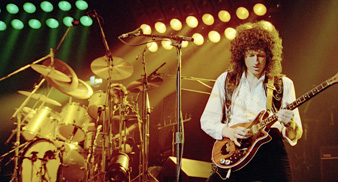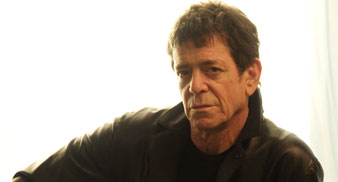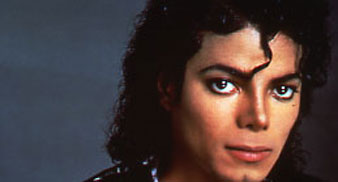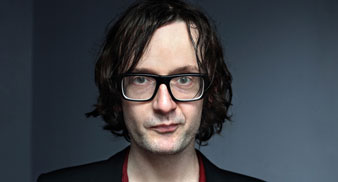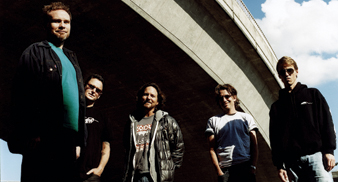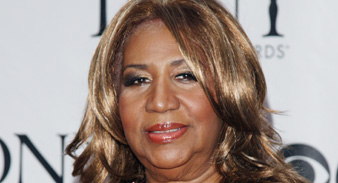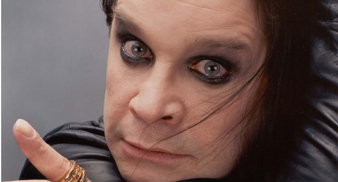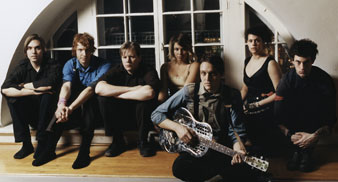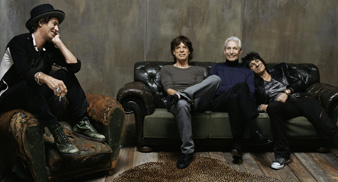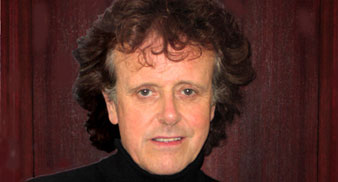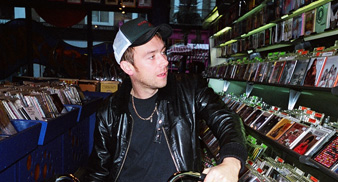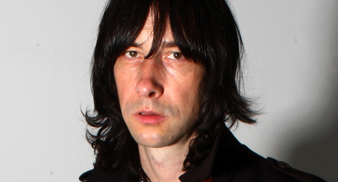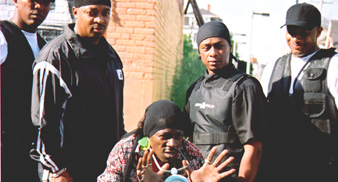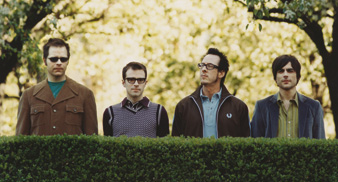Queen will re-release all of their 15 studio albums next year.
The band have signed a long-term agreement with Universal Music Group to release the albums, thereby ending their 40-year partnership with EMI. Each of the re-releases will be remastered and repackaged, as well as featuring additional content.
Queen‘s first five albums, ‘Queen’, ‘Queen II’, ‘Sheer Heart Attack’, ‘A Night At The Opera’ and ‘A Day At The Races’ will be released next March, with the rest of their studio album output to follow throughout the year.
Speaking about the new deal guitarist Brian May explained: “We are very excited, after all this time, to be embarking on a new phase of our career – with a new record company – with new ideas, and new dreams.”
A date for the releases is yet to be announced.
Latest music and film news on Uncut.co.uk.
Uncut have teamed up with Sonic Editions to curate a number of limited-edition framed iconic rock photographs, featuring the likes of Pink Floyd, Bob Dylan and The Clash. View the full collection here.


